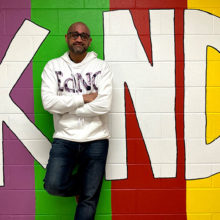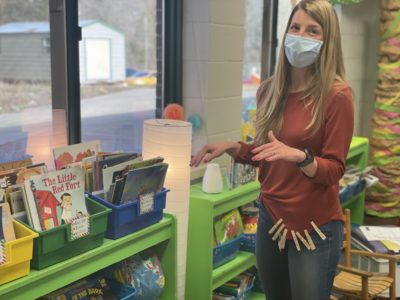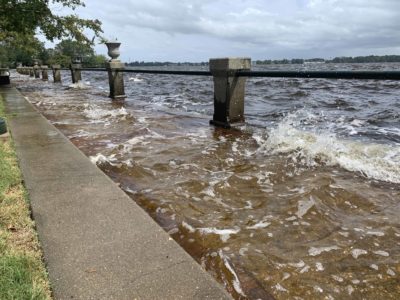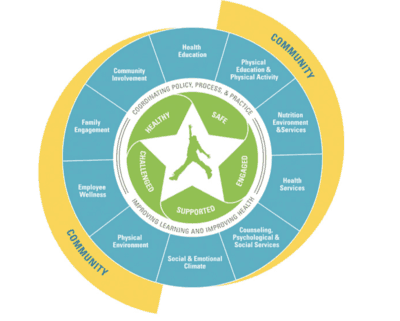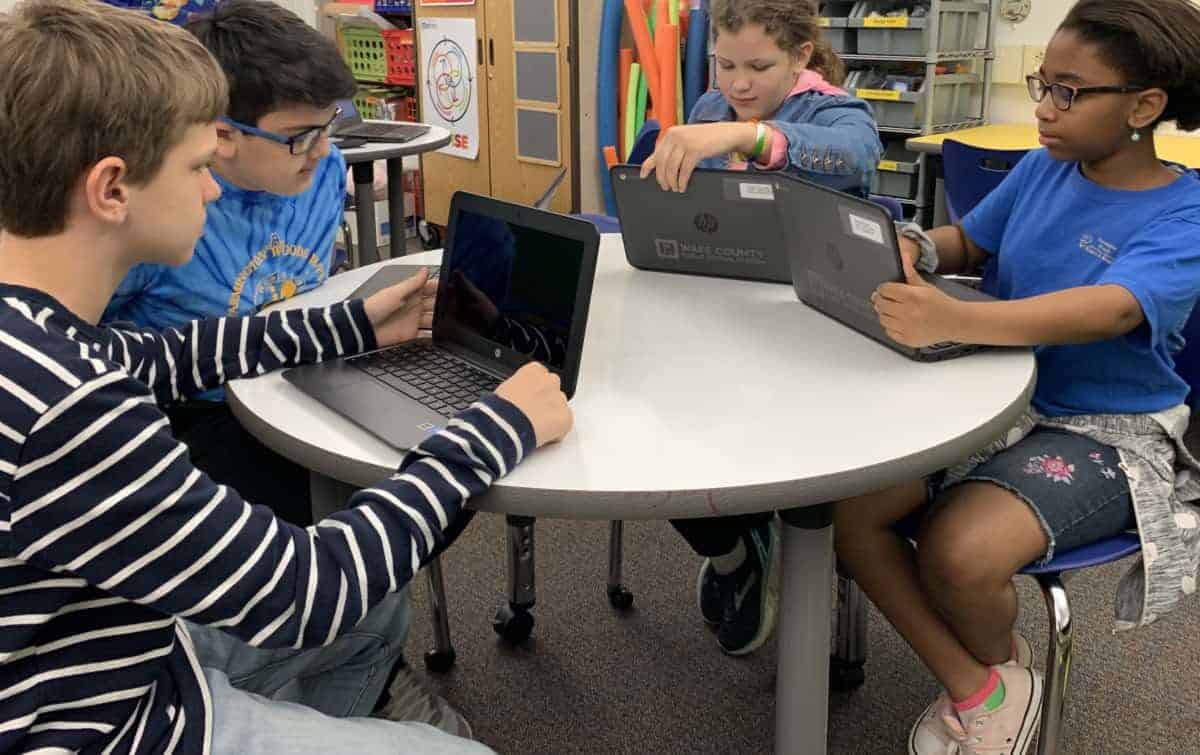
Walk the halls at Farmington Woods Magnet Elementary School and you’ll see them change colors with each turn, the names of different continents marking each hall and connecting the grades into a mini-world. The school works to pull in global awareness and immerse students in it wherever it can.
“As an IB school, we believe in being an internationally-minded person,” fifth grade teacher Amy Ramos said. “We believe that our role in the world is to make the world a better place, not just for us, but for everyone.”
Farmington Woods was the first of now five International Baccalaureate Primary Year Programs in Wake County. As part of the IB program, students are encouraged to learn about the world, study challenges affecting the global community and the local community, and — above all — to take action.
That’s how this year’s fifth graders ended up growing food for the hungry, collecting clothes for underprivileged children, advocating for the rights of girls to receive an education, and teaching their school about taking care of fresh water resources.
It was all part of their capstone project that, as much as anything, marks their graduation from the IB school — an undertaking called Exhibition.
The IB Primary Year Program
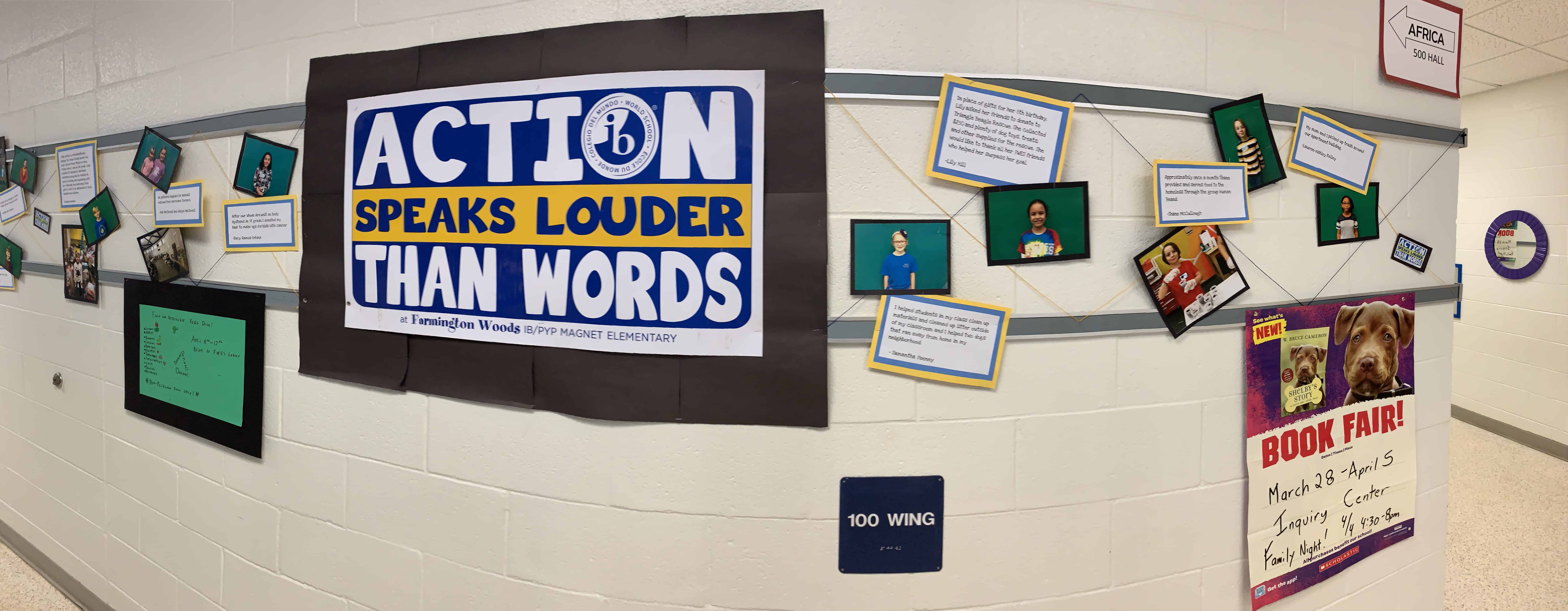
Through the IB program, the curriculum is organized within themes. A lesson is introduced through the theme and, with provocations from teachers, the students begin asking questions and start taking charge of their learning through both supported and independent research.
In Cara Little’s kindergarten class, students learned about the weather. They looked up the weather in Cary every day and recorded it. But to expand on the lesson, and gain perspective on the global environment, students got to choose other locations — anywhere in the world — and research the weather there on that day, too.
“They were amazed at how different it could be,” Little said. “So one would say, ‘Well, you’re going to need an umbrella where you are because it’s raining, but look, I’m going to need a hat over here because it’s so hot out.'”
The research is typically student-driven, growing naturally out of their curiosity. Then, teachers will guide students in tying the issues uncovered to some sort of action. This is where teachers are able to foster the idea that the students — and the classes working together — can make a difference in the world.
And the actions grow as the students grow.
In second grade, while learning about natural resources, the students honed in on water conservation. The action component meant being sure to turn off the water faucet whenever it was not needed. The students took the action home, and focused on turning the water faucet off while they brushed their teeth instead of leaving it running.
That concept and action grew much grander in scale for fifth graders, who participate in Exhibition.
Fifth grade Exhibition projects
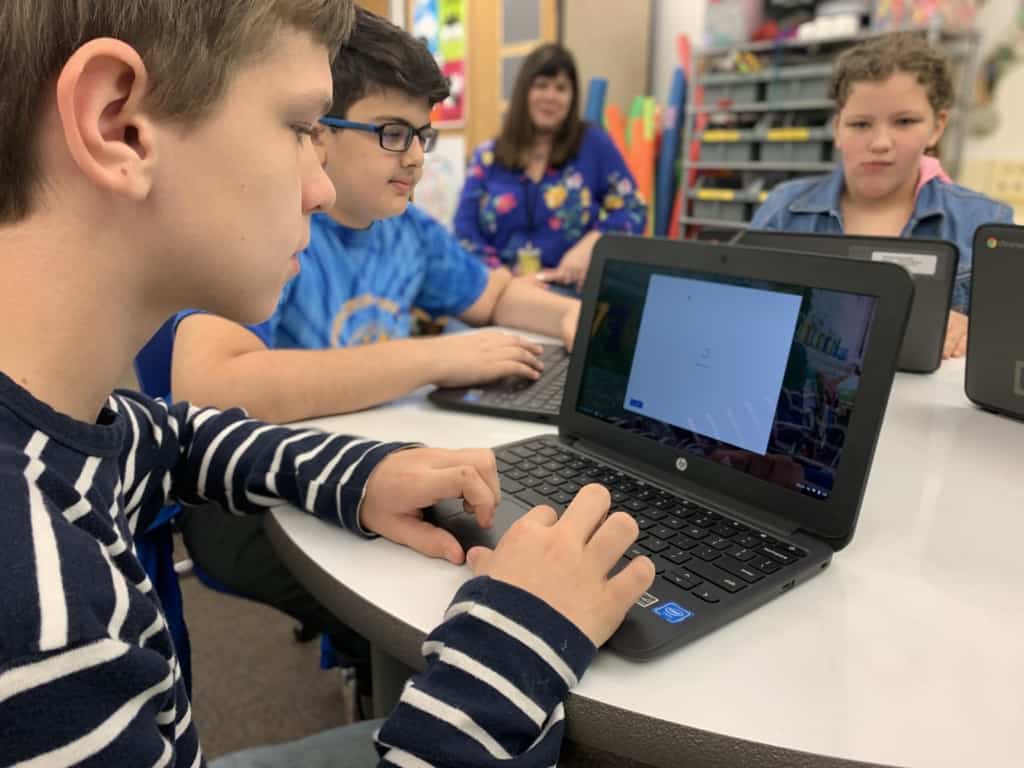
Exhibition is a big deal for the students. Younger students witness it before they become fifth graders, watching classes before them present when they are as young as kindergartners. So just when school starts in August, they’re already asking: “When does Exhibition start?”
It starts early in October and students work on the project for about five months.
“There’s no pre-planning that we as teachers do,” fifth grade teacher Brianne Dellinger said. “It is driven by the students. So the topic that they focused on was from what they had experienced or learned about that they had an interest in. There’s not much we can do before that.”
This year, during the first unit in their literacy class, the students learned about human rights while studying the book “Esperanza Rising” about a well-to-do girl living in Mexico who was forced to flee her ranch and ended up being raised in poverty in a California farm labor camp. The students also read the Universal Declaration of Human Rights and every person’s basic right to food, water, and shelter — all while learning about people who don’t have access to these basic human rights.
It struck a chord.
When the fifth grade class began brainstorming topics using a centralized Google Doc for Exhibition, many of them focused on human rights. The kids then voted to determine the top five topics under human rights, which became the subtopics for Exhibition this year: water, poverty, education, medicine, and violence.
“So all of their projects focused around the idea that, as global citizens, we have a responsibility to take care of each other,” said Anna Goodrum, the IB coordinator for the school.
Each of the fifth grade teachers took lead on one of the subtopics, and students organized according to which subtopic most interested them.
The seeds planted in earlier years took root as students worked on their Exhibition topics. For instance, the education topic started with the ability for children in different areas to get to school. The students knew this was an issue in some parts of the world because they remembered reading a book in third grade dealing with children who crossed dangerous bridges and rivers to get an education.
In their research, the students saw that “the girls don’t get to go to school, or that they get to go to school for a short time,” fifth grade teacher Amy Ramos said. “So they were very concerned about that and they started researching influential women from around the world that have made a difference.”
The impetus for that came from this year’s reading list. As part of a global read-a-loud program, the students studied “Amal Unbound,” the true story of a young Pakistani girl navigating culturally-rooted sexism and the corrupt practice of indentured servitude — but with the uncommon ability, at least for a girl in a Pakistani village, to read.
“They thought, ‘That’s so unfair,’” Dellinger said. “Before that, most of them didn’t know that that’s still how it is in other countries. Especially the females in the classroom, they were like, ‘What!’ So they really got to connect with the character through the book and incorporate that into their Exhibition.”
Not only did the students drive the Exhibition topic, they spearheaded much of the preparation and framework. Students start with a broad question within their subtopic to research, and then independently or in small groups spend the next week consulting various resources from the internet, books, and articles — even sometimes conducting interviews.
“That’s probably one of my favorite things about Exhibition, that it’s student led,” fifth grader Lauren Kelley said. “Because it’s not teachers hovering over you telling you exactly what to do. You get to make the decisions, and it makes you feel more independent. And I really love that feeling because I just get to decide some things for myself.”
This year, a student in Kelley’s subgroup, studying poverty, had a grandparent who knew a homeless woman in the area. The grandparent set up a phone interview for the students.
“It was really great for the kids because it’s more than just reading about it,” Dellinger said. “It had a much more personal connection to put more of a face to the experience. To realize, this is real. I’m not just reading about it — here I am talking to someone.”
In the education subgroup, one student facilitated written interviews between her classmates and her mother who is from Somalia.
“She had found out that her mother didn’t get to go to school as a child because she was female,” Ramos said. “So we had a lot of information from her mom and she had a unique passion for making sure that kids — all kids — get an education. I feel like, within our group, they gained a very deep feeling of gratitude for what they have.”
Helping the homeless and hungry
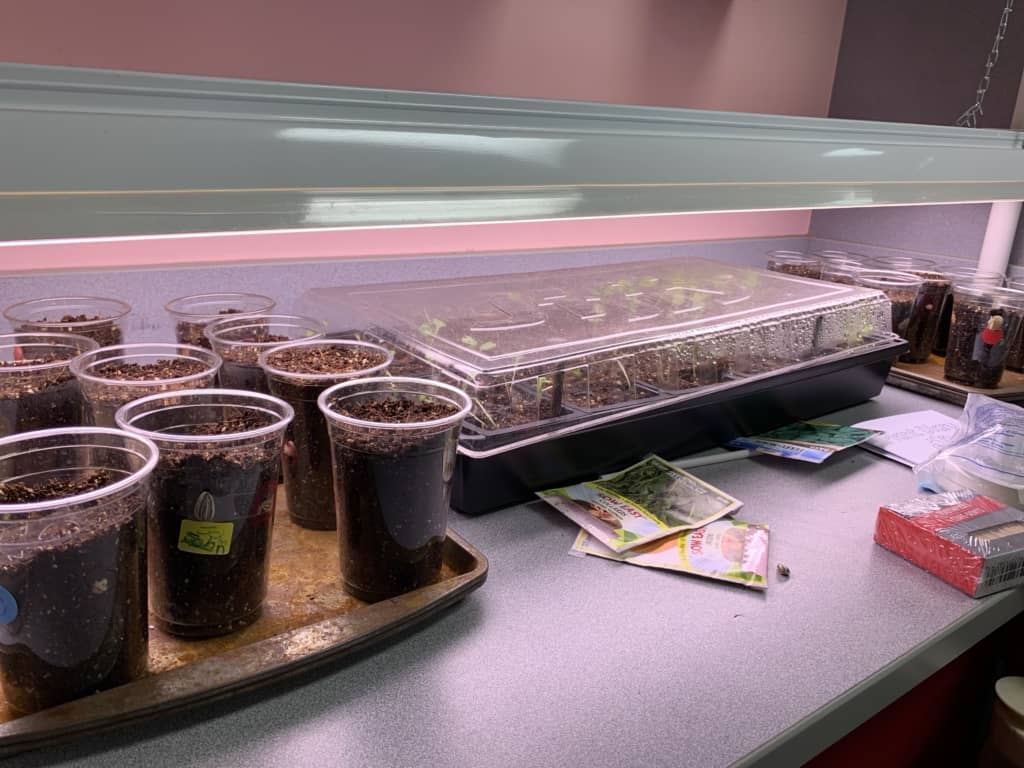
The IB program always comes back to action, though. And the fifth graders responded with plenty of it through their Exhibition.
Sometimes the action is teaching students in other classes and changing another person’s mindset through greater awareness of a problem. Sometimes, the action is a little larger scale, like growing a community garden to feed the hungry, or collecting clothing to donate to underprivileged children.
Kelley’s group presented on proper clothing, learning about children who don’t have access to proper clothing, and the tremendous impact that can have in a child’s life. They researched lack of proper clothing in communities globally, but they also read an article about a Wake County student who was living in their car. That hit home — because it wasn’t just a man or woman somewhere across the world. It was someone their age, right here in their county.
The group connected with a local nonprofit, Note in the Pocket, and as their action under the Exhibition project, they collected and donated clothing specifically for children.
“Every year I would give my parents my old clothes and then they were just gone,” Kelley said. “I didn’t know where they went, I just knew they weren’t in my room anymore. But now I know where we can donate them and why it’s important and it feels good.”
The medical subtopic group studied malnutrition, specifically obesity and starvation. They learned about proper nutrition, the challenges that some people have in getting proper nutrition, and the effects of malnutrition. As part of their action, they had an in-house solution in the school’s community garden.
Several years ago, Lisa Hitesman, a science specials teacher, had started a garden, and many of the school’s teachers, parents, and students came in over the summer to work on it, so the school asked fourth grade student Abigail Miller to join. With budget cuts, unfortunately, Hitesman moved on from the school and the garden sat in wait. First grade teacher Amy Long agreed to take it over, but there was no funding.
That’s when Abigail, a third grader at the time, wrote a grant application to Katie’s Krops and won funding.
“It kind of felt like homework,” Miller admits at first, “but then it felt like fun.”
The grant requires regular updates, including pictures of the garden, weighing the yield, and specifying what crops are growing. The school community has resurrected and tended the garden — yielding okra, tomatoes, green beans, cabbage, strawberries and more — all of which is then donated to Dorcas Ministries in Cary.
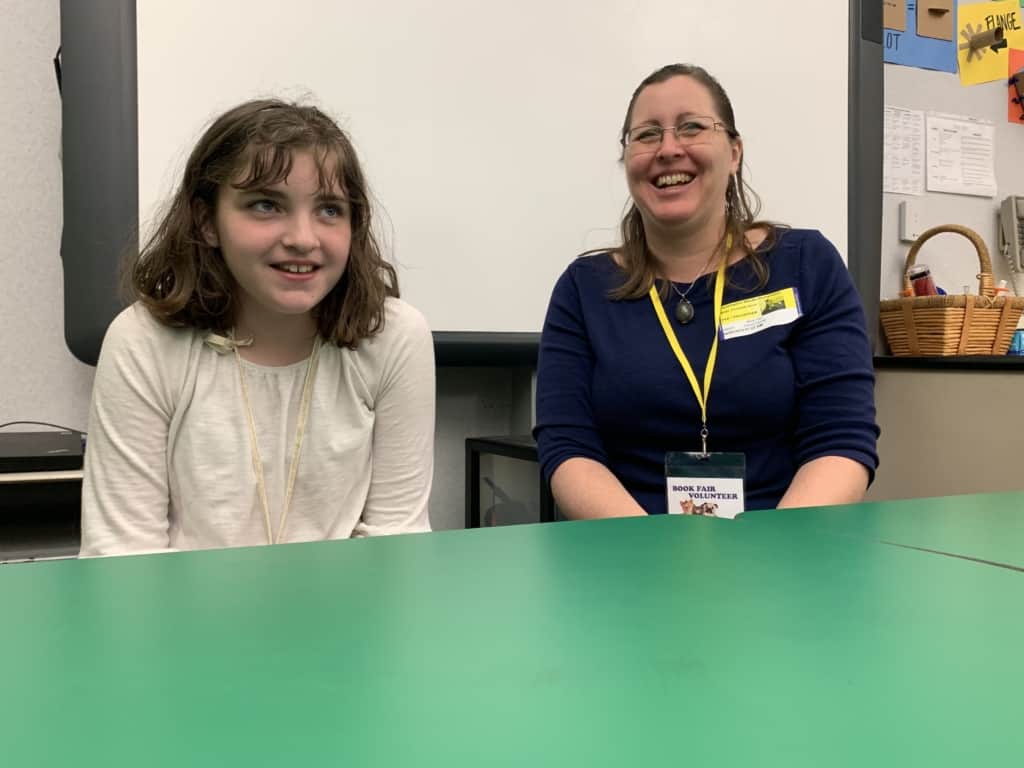
This past year, the garden produced more than 100 pounds of food. The fifth graders even took up food collections from their homes and neighbors as part of their Exhibition.
Through the IB program and Exhibition, the students have learned much about the global community and become aware of both human rights issues facing some across the world and in Wake County. That, the students say, is the biggest takeaway from this year.
“I think that stuck with me — when I was little, I thought that everyone had the same stuff,” fifth grader Riley Ross said. “But then, as I got older, and like, especially with Exhibition, I realized that not everyone has equal things. And it’s like, every country and every city, every town — every place is different. And it’s sometimes unfair, and we need to fight for it to be fair.”
